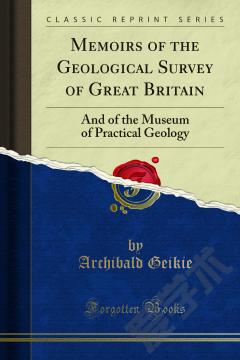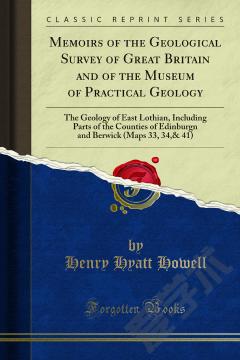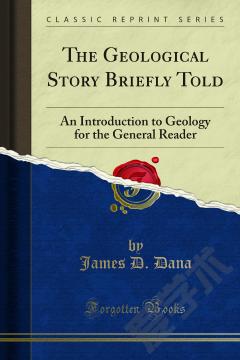Memoirs of the Geological Survey of Great Britain —— And of the Museum of Practical Geology
-----
The present Map represents a triangular portion of Berwickshire occupying about 120 square miles. This area extends along the margin of the German Ocean from the village of Cockbumspath nearly to Berwick-upon-Tweed, and advances inland along the southern base of the triangle to the outskirts of the town of Dunse. It thus includes the eastern extremity of the Lammermuir Hills, the undulating ground between St Abb's Head and the mouth of the Tweed, and a small part of the northern edge of the great valley or merse of Berwickshire.This proximity of high uplands to a rich agricultural plain gives rise to considerable diversity in the physical features of the district. A line drawn in a north-easterly direction from Dunse Law to the sea at St. Abb's Head divides the Map into two nearly equal portions. That to the north-west is the region of the Lammermuir Hills, which plunge into the sea along the range of precipitous cliffs between the Siccar Point and Coldingham. Hence it is only the north-eastern extremity of this range of hills which comes within the limits of the present Map. The general scenery of this portion however corresponds to that of the more westerly parts of the chain. It consists of highly inclined Silurian grits and shales, but nowhere rises to a height of more than between 800 and 900 feet above the sea. Its outlines are rounded and undulating, save where fissured here and there by steep ravines. Wide heathy uplands stretch away inland, sinking gently down into tortuous intervening valleys, but with no determinate system, so that the chain is thus composed of numberless smooth-backed coalescing ridges and hills. The surface of this hilly ground is for the most part covered with heath and bent, and is used as a pasturage for sheep. The narrow sequestered valleys are dotted with solitary farmsteads where the adjacent slopes have been laid under the plough, and the fields are now creeping further up the hill sides every year; but the whole district still retains its quiet pastoral character. The portion of the Lammermuir chain embraced in this sheet is traversed by two main valleys; that of the Whiteadder Water, and that followed by the line of the North British Railway. Of the vale of the Whiteadder in its course across the hills only a small part is here represented, where the stream, bending round and piercing the granitic mass of Cockburn Law, issues from the high grounds at Preston, about two miles to the north of Dunse. The valley in which the railway runs crosses the chain completely from side to side. Its summit level, forming the watershed of the hills, in place of being a ridge dividing the sources of the streams, is a flat peaty meadow from the margin of which the ground rises rapidly on both sides.
{{comment.content}}








 京公网安备 11010802027623号
京公网安备 11010802027623号